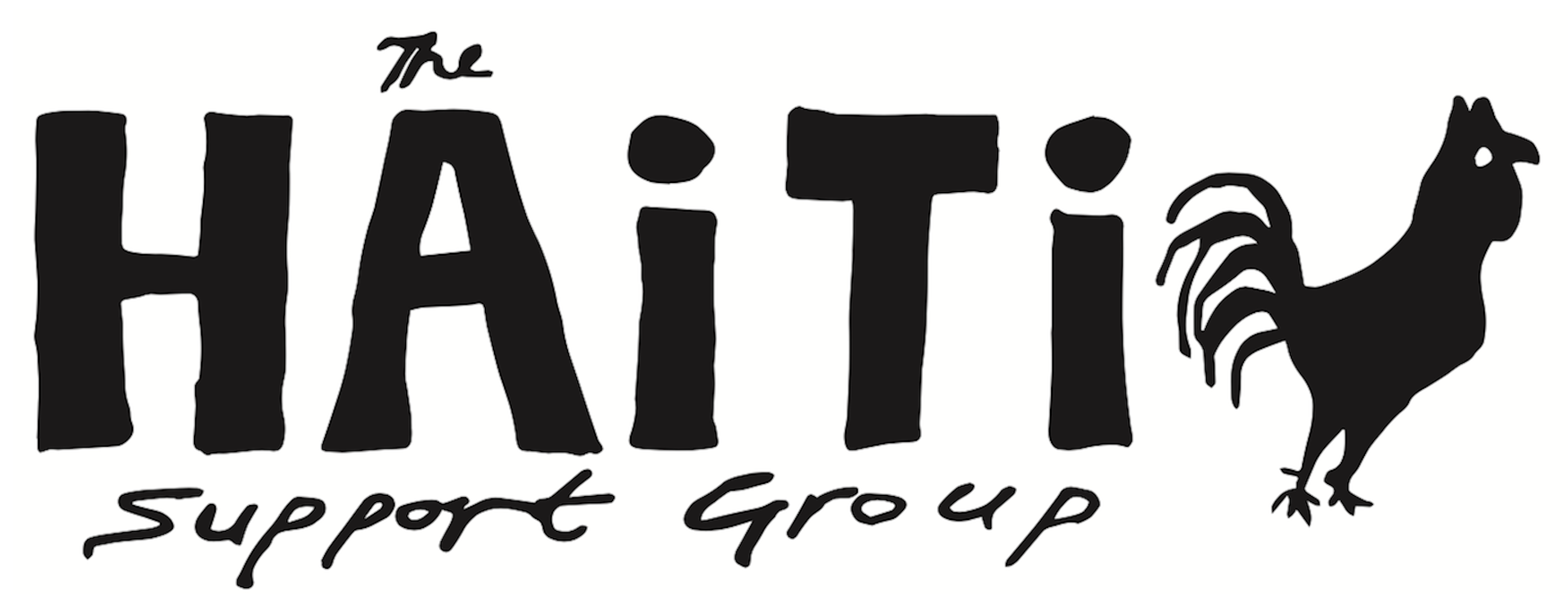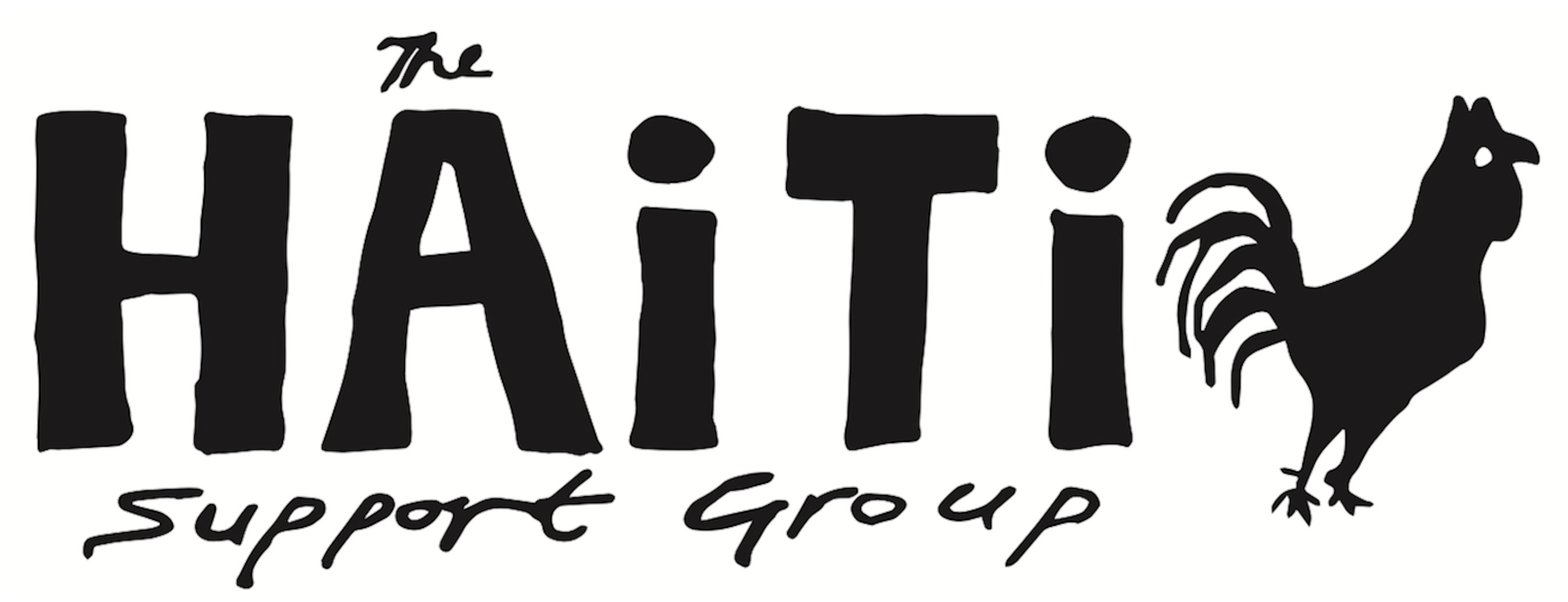Haiti’s Labour Movement in Renaissance. International Union Rights – quarterly magazine of The International Centre for Trade Union Rights – June 2003, Volume 10, Number 2 Written by Charles Arthur
The inspiration for these new, combative unions has been provided by a spirited – and significantly – successful struggle for improved pay and conditions waged by workers at an orange tree plantation owned by the French liqueur company, Marnier-Lapostolle. In 1999, workers at the plantation just outside Cap-Haïtien organised themselves into a union to demand protective clothing and an increase in a daily wage that was equivalent to less than one US dollar. When the Haitian management refused to discuss a realistic settlement, international campaigners bombarded the main office of the French parent company with emails and letters of protest. In August 2000, Marnier-Lapostolle, fearing for the public image of their prestige brand, the Grand Marnier liqueur, authorised a 25% wage increase and improved working conditions.
The success of the Marnier-Lapostolle workers’ union prompted workers at other small establishments in the region to organise themselves into unions. Perhaps the best known – as a consequence of their protracted and violent dispute with the Rémy Cointreau company and its Haitian contractor – are the Guacimal company workers’ unions at Madeline and St.Raphael (see International Union Rights – Volume 9, Number 4). Other unions also took root at the main Cap-Haïtien bakery, and at the city’s World Food Programme depot, and existing but weak unions, such as those at the Novella coffee processing plant and the Beck Hotel, redoubled their efforts to build effective organisations.
This wave of unionising is remarkable for occurring in a most unsympathetic context. Haiti’s first union movement developed in the 1940s and 1950s, but these unions were totally eradicated during the 29-year Duvalier father and son dictatorship. Worker and community organising resumed when that dictatorship fell in 1986, but was cut short again when the Haitian Army took control and imposed a brutally repressive regime between 1991-94. Not only were dynamic union organisers killed or forced into exile, but the formal economy – and thus the workforce – was decimated by the economic sanctions imposed by the United Nations. Since the return of constitutional government in late 1994, the economic situation has barely improved, and in a country of some eight million people, there are still only around 100,000 regular, paid jobs.
Not only are there a relatively small number of workers that could potentially be organised, but extremely low standards of education and high levels of illiteracy also act as strong barriers to organising efforts. Although the country’s constitution guarantees basic workers’ rights, in practice there are a whole series of labour legislation requirements that need to be satisfied before a union can win legal recognition.
Much of the credit for the development of the new unions in this unpromising situation goes to the Batay Ouvriye workers’ organisation which has provided essential assistance and advice to workers trying to form their own unions. Batay Ouvriye (Workers’ Struggle) is an organisation formed in 1994 by a group of committed activists. It cut its teeth in the garment assembly plant zones in the capital, Port-au-Prince, in the mid-1990s, helping workers organise themselves in factories where t-shirts and pyjamas were assembled on behalf of massive US companies such as Walt Disney. The rug was pulled from under the feet of these fledgling unions in 1997 when Disney’s main sub-contractor redirected its assembly contracts to cheaper sweatshops in east Asia.
However, although achieving legal recognition is a step forward, some new unions have found out to their cost that this means little to the more reactionary of employers. The powerful Zephir family, which has interests in the coffee and orange peel export businesses, consistently refuses to negotiate with unionised workers. In late 2001, in one of the worst cases, all the members of the newly formed union at the Desgleraux plantation, near the village of Quartier Morin, were dismissed by the owner, Nonce Zephir, even though it had been awarded provisional recognition by the Ministry of Social Affairs.
More recently, in April 2003, when workers at a Cap-Haïtien brewery gathered to demand an increase in their daily wage – the equivalent of 85 US cents – the director called in the riot police who beat up and arrested two workers. The two were released from jail a week later without having been charged with any offence. The brewery is owned by the Madsen family, one of Haiti’s richest families that also has extensive import-export business interests.
While the new unions in the North consolidate their strength and prepare for new struggles with recalcitrant managers, in the neighbouring North-east Department a new focus for union organising has developed near the town of Ouanaminthe. Here, just across the border from the Dominican Republic, the Haitian government has leased an extensive area of land to the Dominican textile assembly company, Grupo M, which is building factories to take advantage of Haiti’s low wages.

